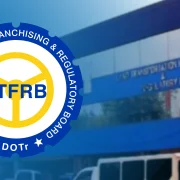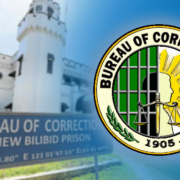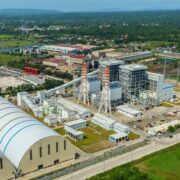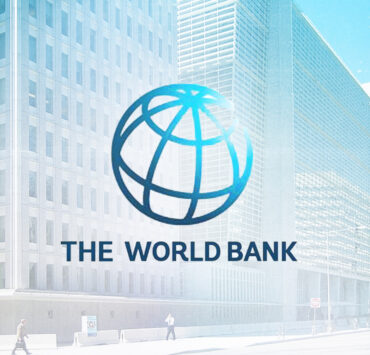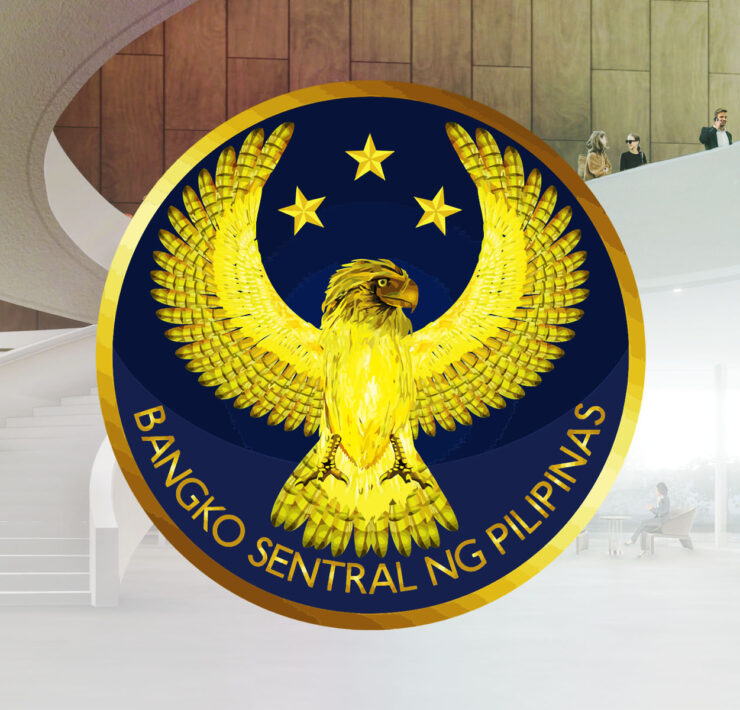Peso slides to 57:$1 as dollar bulls bet on cautious Fed
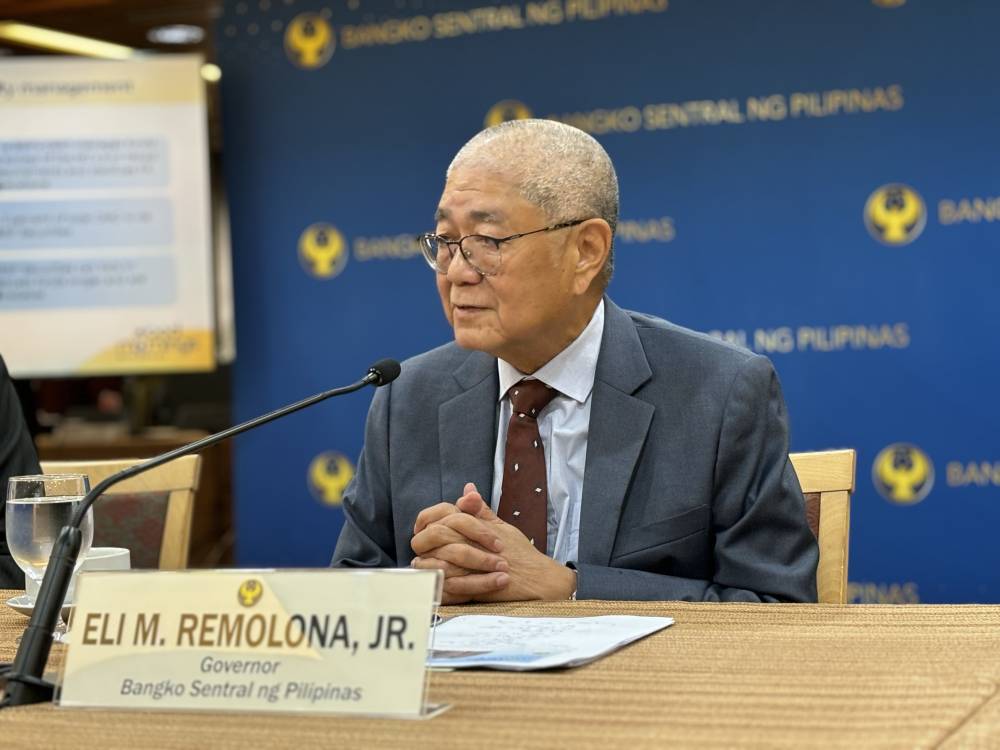
The Philippine peso retreated to the 57-level on Wednesday to hit its weakest finish in almost a month, succumbing to the dollar bulls as higher inflation in America dampened prospects of more interest rate cuts from the US Federal Reserve (Fed).
The local currency closed at 57.085, shedding 35.5 centavos from its previous finish, data from the Bankers Association of the Philippines showed.
This was the peso’s worst performance since June 24, 2025, when it ended at 57.16.
The peso’s weakest showing stood at 57.095 versus the greenback. Trading was also heavy, with $1.58 billion worth of funds switching hands during the session.
A trader said the peso depreciated “due to higher US inflation [number] released overnight.”
Data showed the US consumer price index (CPI) had risen to 2.7 percent in June, from 2.4 percent in May. The pace of increase was in line with analyst expectations, but some observers believed that American consumers may have started to feel the sting of President Donald Trump’s decision to increase import taxes on trading partners.
Fed officials were anticipating the impact of the tariffs on inflation to be realized this summer, citing the lagged effects of the higher imposition. That said, the higher CPI print may prompt the US central bank to defer any rate cuts—despite Trump’s repeated calls—until more data become available.
At home, a patient Fed may narrow the room for the Bangko Sentral ng Pilipinas (BSP) to further ease its monetary policy settings.
Last month, the powerful Monetary Board (MB) trimmed the policy interest rate, which banks use as a guide when pricing loans, by a quarter point to 5.25 percent.
It was a widely expected decision that brought the cumulative rate reductions under the current easing cycle to 1.25 percentage points.
BSP Governor Eli Remolona Jr. had said the central bank may cut the policy rate twice more before the end of 2025.
The MB has three more policy meetings scheduled this year—in August, October and December.
This year, the Marcos administration expects the peso-dollar exchange rate to hover between 56 and 58 against the greenback.
Remolona said the BSP would only move to defend the peso if the depreciation becomes prolonged and starts to stoke imported inflation.







